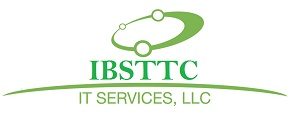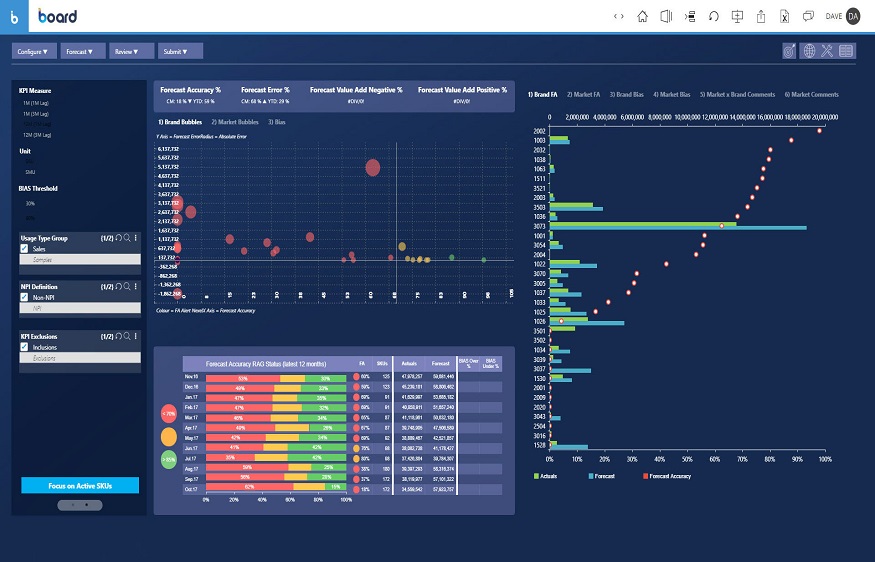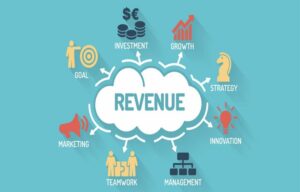Meeting consumers’ fluctuating demands is one of the most severe difficulties that organizations confront today. Even though vast databases are available for analyzing consumer demand, purchase patterns continue to be complex, making it challenging to predict demand. Demand is influenced by various factors, including seasonality, weather variations, and exceptional marketing, which affect consumer purchasing patterns. Furthermore, it is impossible to forecast how these factors affect customer demand.
It is challenging for businesses to precisely forecast demand and maintain inventory accuracy throughout the supply chain. A robust demand forecasting software can help companies reduce supply chain costs and make critical advancements in financial planning, risk assessment, production planning, and profit margins.
What is Demand Forecasting?
The process of estimating future demand for a service or product is known as demand forecasting. Forecasting future demand considers the historical sales across all locations and channels for a specific SKU. Making informed decisions on cash flow, capacity planning, capital expenditures, profit margins, and other business areas can significantly lead to business growth. By examining previous sales data and other factors that affect demand, demand forecasting helps organizations anticipate future revenue and sales for a specific period.
Traditional Forecasting Method
Demand forecasting has previously relied on traditional methodologies and still relies on them today. Modern calculation methods use highly developed demand forecasting software. The conventional approach incorporates Excel and uses statistical techniques to examine historical sales data going back at least two years without considering additional skills or resources. Given a steady market and the assumption that events from two years ago will repeat themselves, the system can consider seasonality and market trends. As a result, this strategy cannot accurately anticipate changes in customer preferences and demand fluctuations.
Since human spreadsheet-based data analysis is used in traditional demand forecasting, it is less accurate. Businesses shouldn’t rely on conventional projections because they frequently result in faulty interpretations and don’t consider all the variables impacting demand. A type of predictive analytics known as traditional forecasting solely takes into historical account data.
Existing Challenges Businesses Face in Demand Forecasting
Demand fluctuation is one of the main issues that organizations face. It becomes more challenging to recognize and predict demand patterns as data availability increases and customer purchase trends often shift. Demand is influenced by various variables, such as marketing – discounts & promotions, weather changes, and customer’s ever-changing opinions.
For demand planning in the past, industry specialists mainly relied on statistical forecasting. However, because the statistical forecasting method does not consider many external factors that affect your supply chain, it may not always produce accurate findings. These variables include market indices, unfavorable weather, public opinion, commodity prices, and a wide range of other variables. Data on these outside elements can be collected, analyzed, and reported using demand forecasting software incorporating AI and ML algorithms.
AI&ML Based Forecasting
Demand forecasting has become easier because of technological innovation. Traditional forecasts can never match AI’s accuracy in real-time data analysis.
With AI-based demand forecasting software, businesses may easily and quickly develop demand projections at the most granular level. Rather than relying on predicting techniques that require manual involvement, AI helps spot supply chain problems that manual predictions would overlook, and firms can produce detailed forecasts that aid decision-making. This better analysis can save many hours of manual labor. By avoiding slow-moving stocking goods, AI projections can help cut down on the costs associated with heating, cooling, and storing inventory.
With ML approaches, businesses can now even estimate short-term demand. Predictive analytics combines historical and present data to generate insightful analyses of customer behavior in specific scenarios. ML and AI use internal and external information to create data-driven forecasts, including marketing promotions, historical data, social media signals, weather forecasts, macroeconomic indicators, competitor behavior, and more.
ML uses mathematical algorithms to spot trends, find intricate connections in vast datasets, and pick up demand signals. Large datasets can be examined by demand forecasting software, and models can be retrained while taking volatility into account and adjusting to changing conditions. Machine-learning-based forecasts are more accurate and precise. The following are instances where machine learning and artificial intelligence function best:
- Mid- to short-term planning
- Rapidly changing environment
- Erratic demand patterns
- Introductions of fresh products
However, you need big data of good quality to feed the algorithm if you want to make sure you can get reliable results. The software should have strong processing capabilities andthe features that are included in the software significantly impacts the results.
Critical Factors that need to be considered by an AI Software for Accurate Demand Forecasting
Historical Trends: The AI engine of the software examines past sales data to find growth or fall trends across all SKUs depending on various factors like geography and time.
Seasonal Effects: With the use of data attributes, the demand forecasting software’s algorithms also determine the impact of seasonality on a certain SKU. With a lengthy time horizon and seasonal impacts like winter, spring, summer, and fall, Kronoscope builds a relationship between sales data. In order to account for seasonality for future projections, this aids the predictive engine.
Outlier Corrections: When anticipating demand, the software looks for any irregularities in the historical data to lower the mistake rate.
Cyclicity: In a manner similar to this, the software forecasts the cyclicity of a specific SKU or the impact of a brief period of time on SKU sales. These might be workdays vs weekends, the last day of the month, or the first day of the week effect. so teaching the predictive engine to consider demand patterns in projections for the future.
Marketing/Promotional Campaigns: To precisely estimate demand, the demand forecasting software can additionally take into account liquidation offers, a promotional schedule, marketing expenditures by channel, and website data.
Changes in Pricing: To precisely estimate demand, the software seamlessly takes into account price variations, wastages, and availability.
Holiday/Weather: The software is effective in forecasting demand for goods with erratic demand cycles. This is accomplished by taking into account local information, such as local events, festivals, weather, terrain, etc.
Store Similarity & Attributes: Demand Sensing for brand-new store openings by shrewdly connecting with linked or existing stores and taking into account related SKU needs in those locations.
Product Similarity & Attributes: Demand Sensing for newly released products through the association of similar or current product assortments.
About the Company
Fountain9 helps retailers make accurate demand forecasts withtheir AI-driven demand forecasting software that considers nine distinct elements, including seasonality, historical sales data, consumer behavior, commodity indices, unfavorable weather occurrences, and other data to estimate demand accurately. This aids businesses in precisely forecasting demand, optimally stocking their inventories, and timely satisfying customer demand.
we need to write about how AI /ML based forecasting uses more than just historical sales to predict demand.
Read this article and bring the points/signals listed here
https://www.fountain9.com/resource/9-signals-kronoscope-uses-for-accurate-demand-sensing



